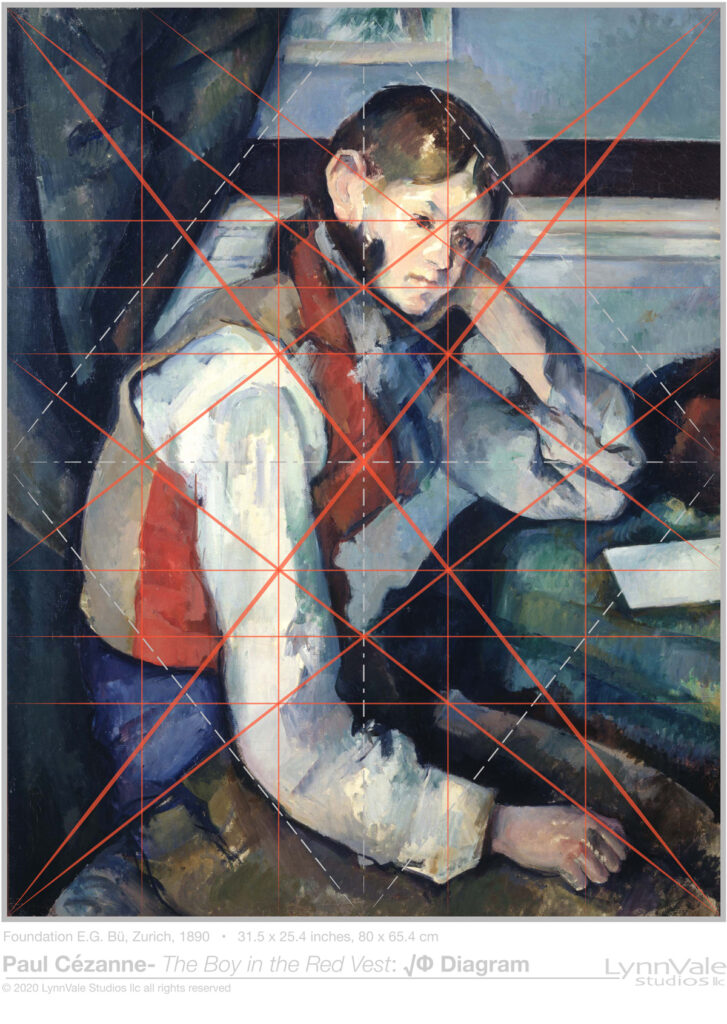Into the distance
In Where is it? Understanding Depth Perception: Part I we studied how we make sense of the light that enters our eyes and some of the ways our brain makes decisions about defining objects and their location in space. We looked at the effects of overlap, elevation, linear perspective as well as how light and shadow affect this decision process. We introduced the concept that we “assume a generic view.”
Now take a look at Plate 1. Which object appears closer A or B?

Did you say Object A? Why? In addition to elevation, relative size and linear perspective we’ve added Aerial or Atmospheric Perspective. Aerial Perspective is the general rule that the farther away an object is the less contrast there will be between it and the background as it relates to color and detail. Take a look at ‘Starting Out After the Rail’ by Thomas Eakins. Plate 2

Now take a closer look at the sails. Do you see that the color (in this case both value and saturation) change as they recede? Plate 3
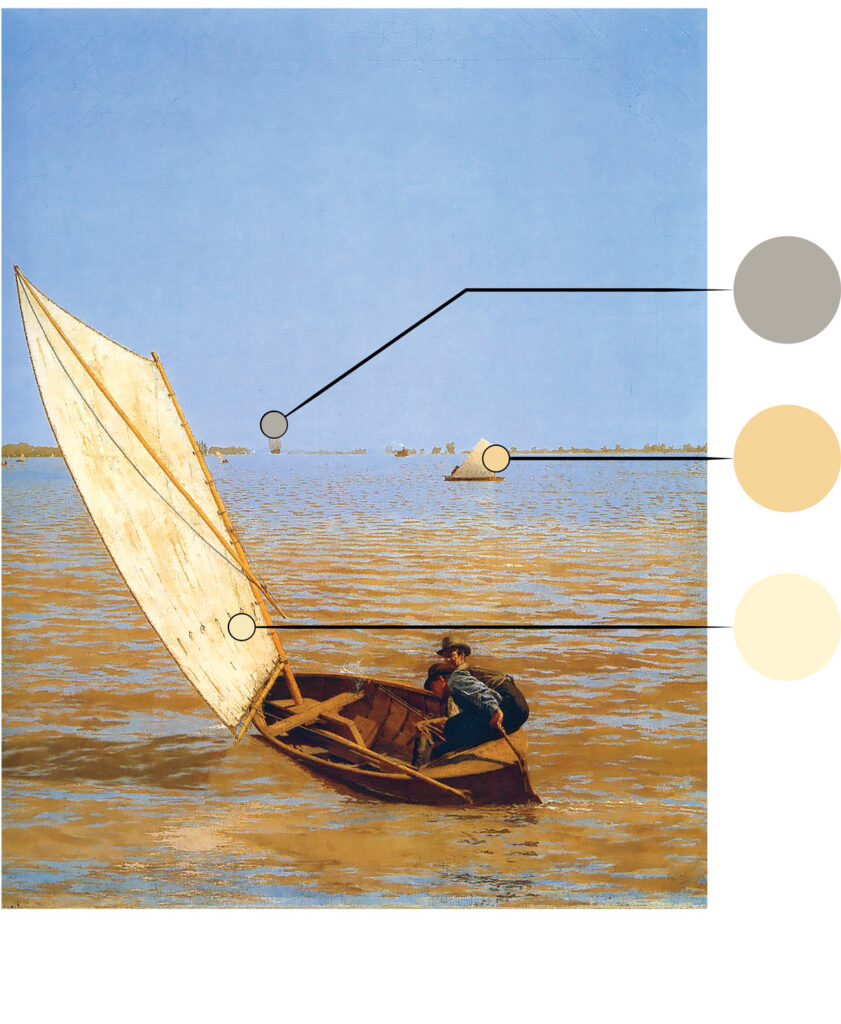
“Colours become weaker in proportion to their distance from the person who is looking at them.” – Leonardo Da Vinci
Passage into Space & Time
We will come back to Aerial Perspective later. For now let’s move on to Plate 4 and again ask- Which object is closer A or B?
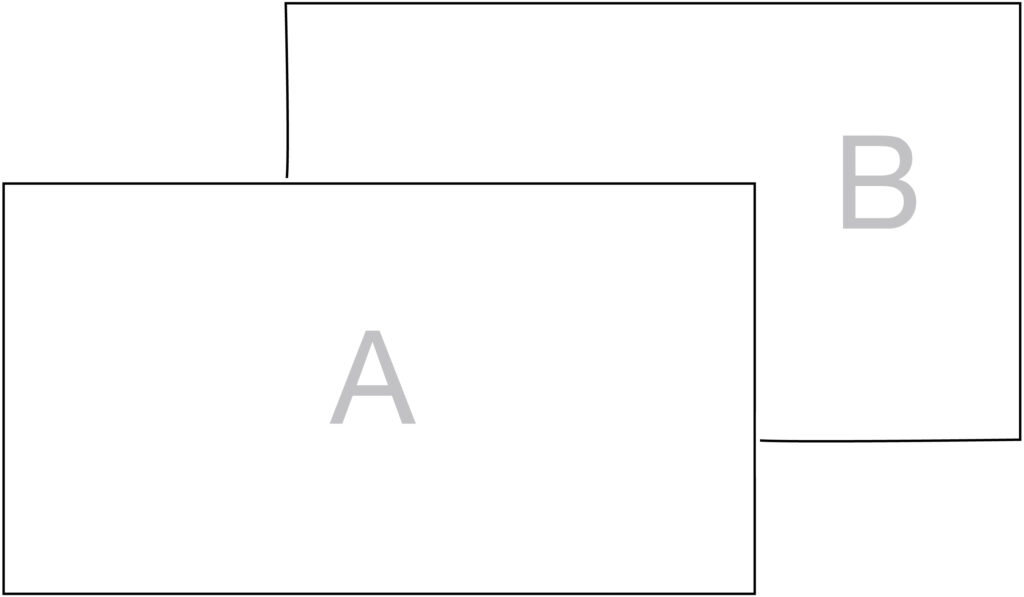
Do you have more confidence in selecting Object A this time than you did when looking a Plate 1 in the previous post?
The gap where Object B meets Object A makes a big difference in locating both objects. This technique is call “Passage” and it is used to break up the contours of objects. You can see this in ‘The Boy in the Red Vest’ by Paul Cézanne. Plate 5
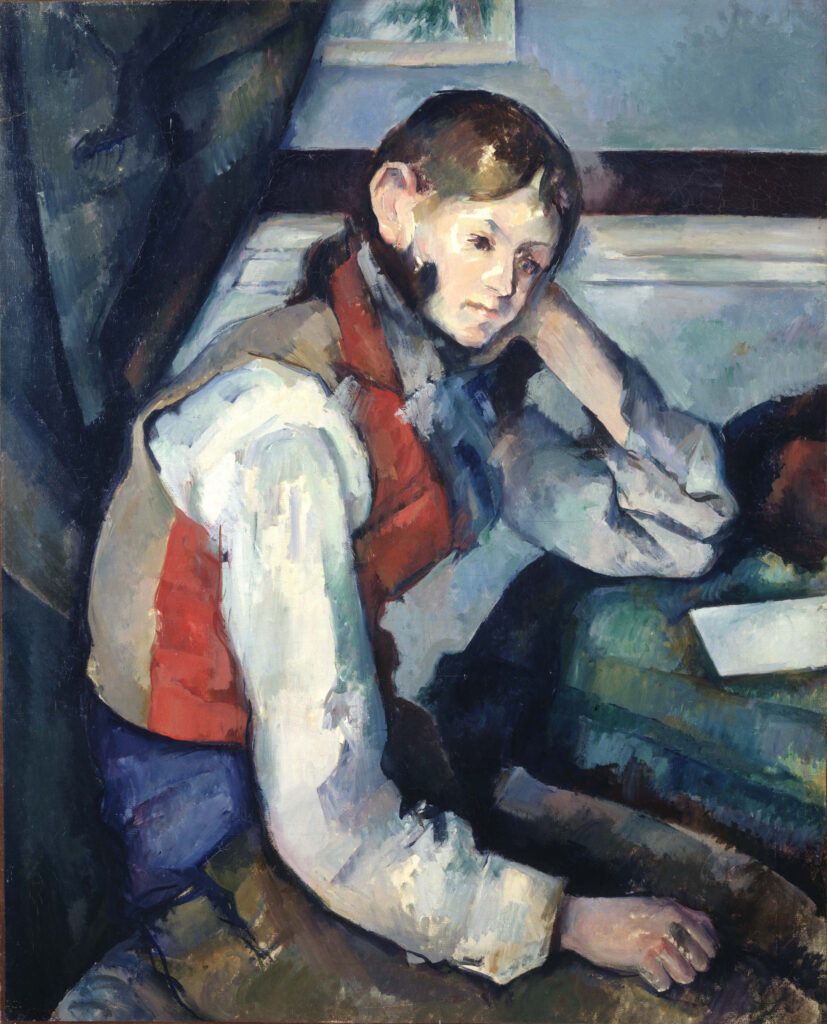
Do you see how the chair moulding dissolves at the boy’s head and how the chair dissolves at the boy’s hip? Some say Cézanne invented “Passage” but it’s been a useful tool since well before his time. Here are two horses in Lascaux cave from 17,000 years ago. Plate 6 & 7
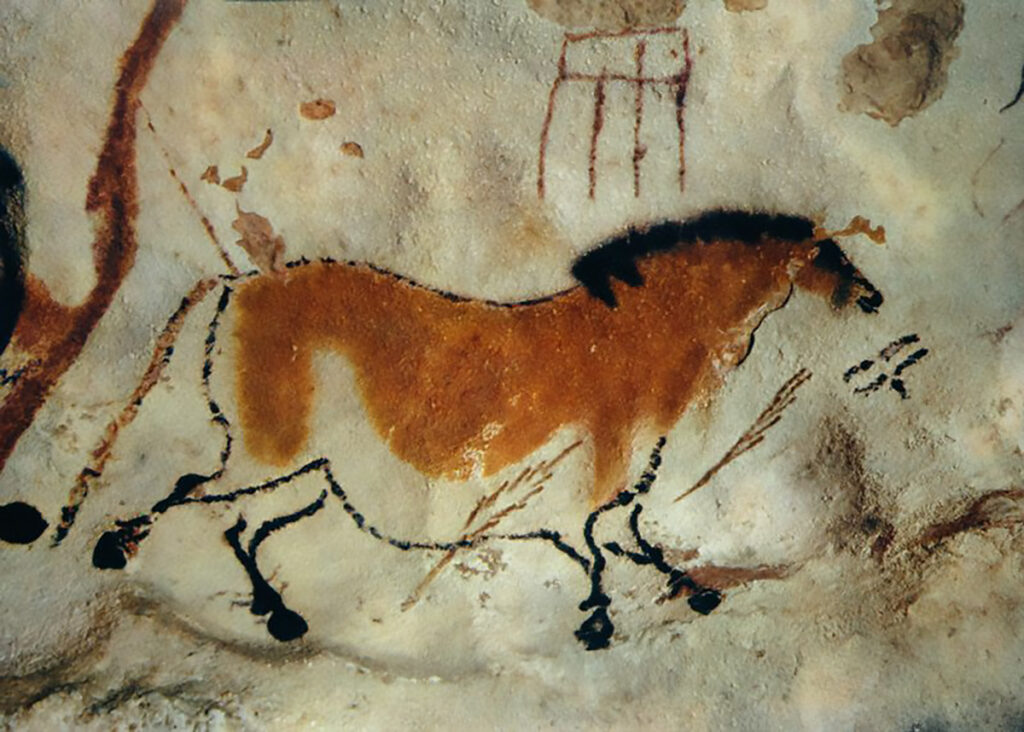
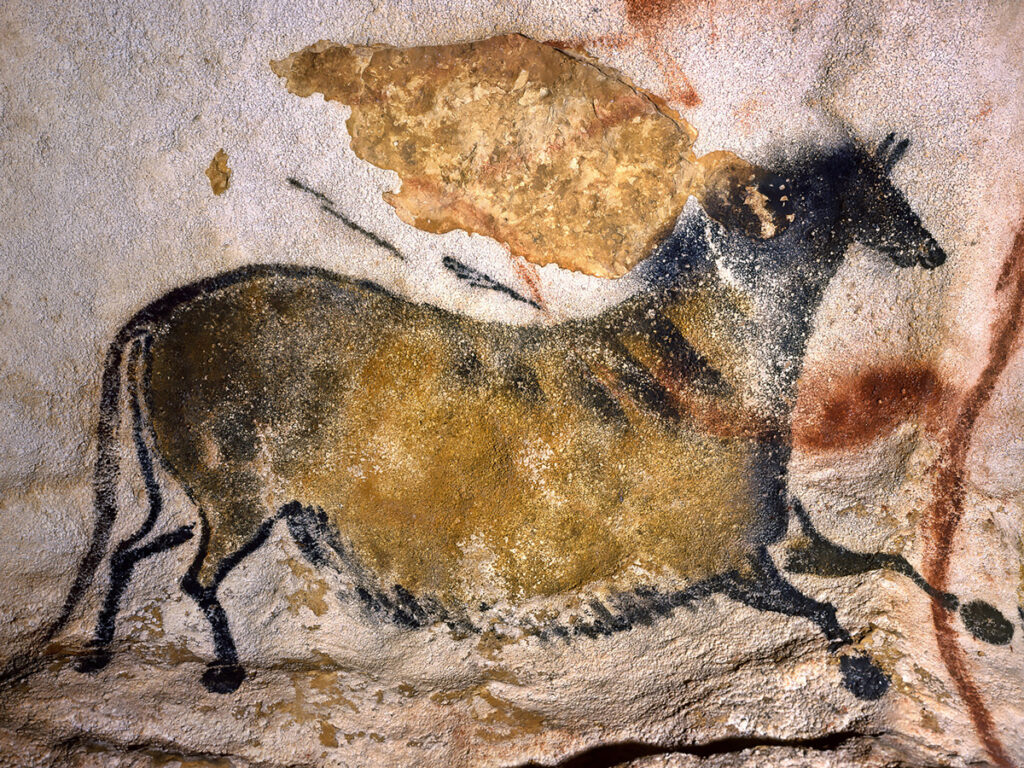
Bonus Diagrams
Diagrams for ‘Starting Out After the Rail’ by Thomas Eakins and ‘The Boy in the Red Vest’ by Paul Cézanne.

